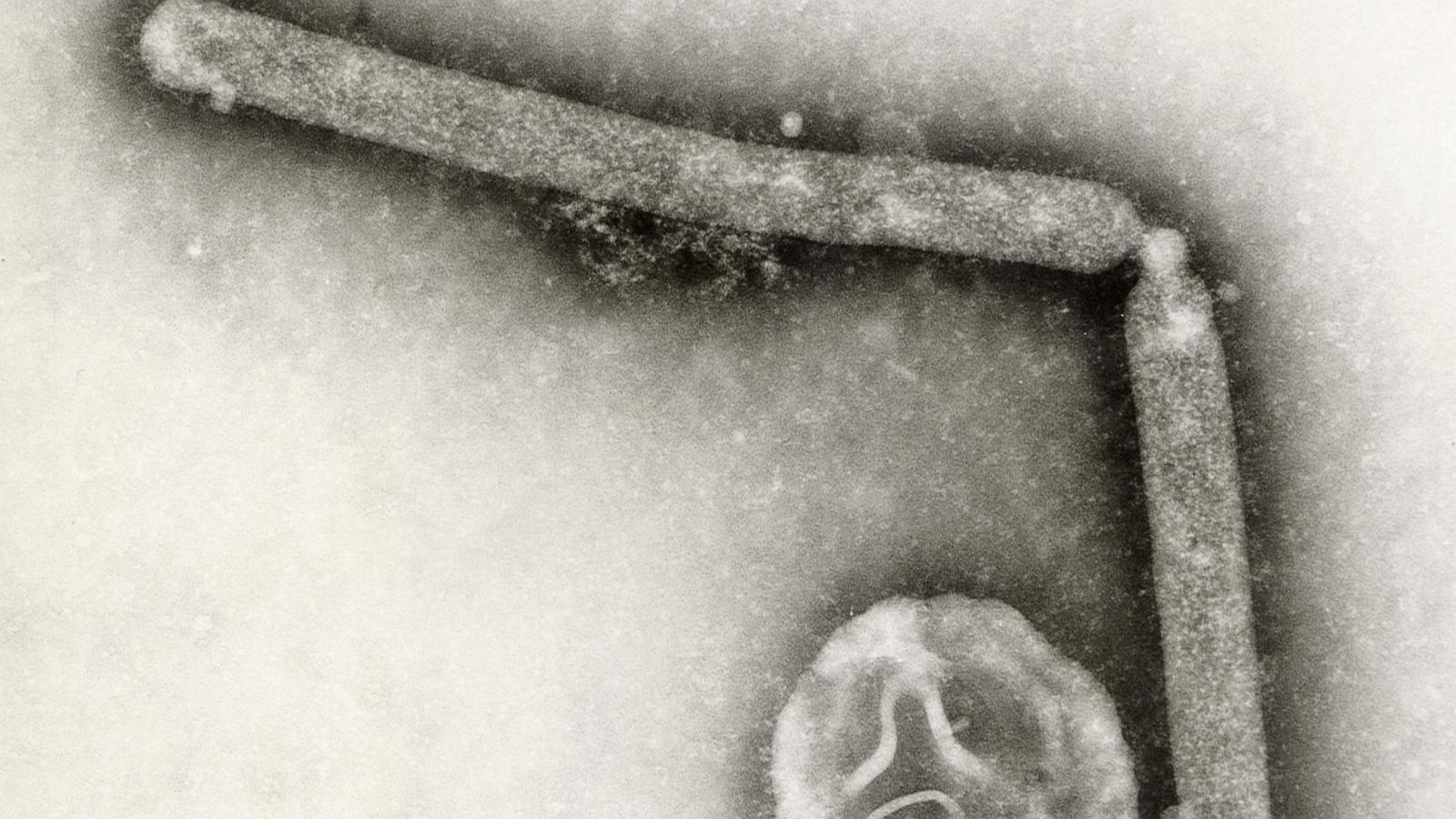Is Bird Flu Mutating Into a Pandemic Threat? Recent Genetic Analysis Raises Concerns
The recent discovery of a bird flu virus mutation in a Louisiana patient has sent ripples of concern through the scientific community. This isn't just another case of bird flu; this is a potential game-changer that demands immediate attention. Scientists are cautiously watching this evolving situation as the mutated virus has demonstrated an alarming ability to adapt. But don't panic, let's carefully explore the facts and potential implications.
Understanding the Bird Flu Mutation: A Lock and Key Scenario
The U.S. Centers for Disease Control and Prevention (CDC) recently revealed that the genetic analysis of a severely ill Louisiana patient shows a mutated avian influenza virus. This mutation has allowed the virus to better bind to human airway receptors, likened by experts to a key fitting a lock. This improvement in the virus's ability to latch onto human cells raises concerns about its potential transmissibility.
What does this mean?
While this mutated strain hasn't yet proven capable of causing widespread human-to-human transmission, the possibility is undeniably concerning. The worry lies not in the current level of transmission but in the concerning pathway of the virus evolution. The implications of a virus effectively learning to unlock the door to our cells, while still needing time to effectively open it, are cause for attention. It's a key, perfectly formed in shape and size, poised to potentially open the door, raising red flags and emphasizing the need for proactive research.
Is This a Pandemic in the Making?
The short answer is: we don't know yet. While the mutation is worrying, it is important to avoid unnecessary fear. Current data suggests that human-to-human transmission remains limited and mostly confined to those who've worked in poultry and dairy industries. Experts also reassure that the overall risk to the public is still low.
Monitoring Mutations: Why Close Surveillance Is Critical
However, we should never underestimate the adaptability of viruses. The need to vigilantly monitor viral mutations is of paramount importance, this mutated bird flu virus being no exception. The evolution of viruses can often be rapid and unpredictable. What begins as a limited transmission occurrence could potentially transform into a rapidly spreading threat. Therefore, continuous surveillance is crucial in helping prevent any major spread and protecting global health. Continuous observation is critical in helping scientists develop rapid and proactive interventions.
The Importance of Public Health Preparedness and Individual Actions
The possibility of another pandemic – potentially worse than the COVID-19 pandemic – continues to weigh on scientists. Given that the threat of influenza pandemics remain a considerable risk, experts recommend constant pandemic preparedness.
Emphasizing the Importance of Early Detection and Response Systems
While this instance showcases no widespread transmission or immediate pandemic threat, the concerning mutation reinforces the need for strengthened health infrastructure and rapid response systems. The case serves as a harsh reminder for all, emphasizing that better prepared health systems are crucial in containing potential threats before they can spiral out of control. The improved mechanisms in health surveillance can help mitigate risks before pandemics break out.
What Should We Take Away from All This?
This recent incident reminds us that infectious diseases continue to be a threat and vigilance and preparation are paramount. The findings on bird flu mutations stress the importance of continuous research, monitoring of viral evolution, rapid detection and robust surveillance. This necessitates international collaborations and investment to create effective response systems against potential pandemics. Don’t panic but be informed. We must continuously be aware of, and prepared for potential infectious disease outbreaks.
Take Away Points:
- The recent bird flu virus mutation is concerning, but it's too early to predict a pandemic.
- Close surveillance is crucial in tracking mutations and predicting potential outbreaks.
- Public health preparedness and effective response mechanisms are crucial.
- Remaining informed and aware of health recommendations is necessary for personal safety.




